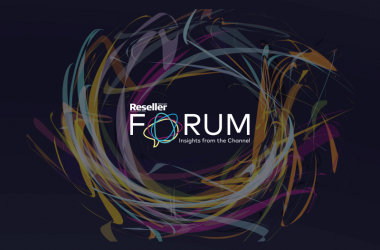
Responding to criticism that its anti-piracy mechanisms could slow the growth of the eBook industry, Adobe Systems Inc. plans to liberalize its approach toward Digital Rights Management (DRM) with eBooks.
The next major version of its Content Server software will give book publishers, authors and libraries the option to protect encrypted eBooks with a password.
Seemingly minor, the move is important both because of Adobe’s growing behind-the-scenes importance in the burgeoning eBook industry, but also in how it moves ahead with content protection.
The current Adobe Content Server 4 software lets publishers choose whether or not to encrypt their eBooks. It also lets eBook buyers choose up to 12 devices — six desktop and six handhelds, including eBook readers or smartphones — on which they can read eBooks protected by encryption.
That number is meant to give owners flexibility to move purchased eBooks among various devices.
But what if people want to share their eBooks with a relative, close friend or colleague? Content Server 5 will allow that by letting owners link eBooks to an Adobe ID account. Users would then enter in a username and password to open up and read a book on any device or PC.
On the flip side, that means a cracked Adobe ID and password could be distributed and used to let pirates read an eBook, just as stolen license keys are used to enable the installation of pirated software.
That possibility is why publishers want Adobe to provide the option for weak or strong encryption, said Nick Bogaty, senior business development manager for digital publishing at Adobe. "I think it’s legitimate concern on publishers’ part to make it somewhat difficult to mass copy their files, and that’s what our DRM does," he said. "Their business is copyrights, and if they don’t have that, they don’t have a business anymore."
Some critics point out that Adobe, by promoting its flavor of encryption on top of the open ePub standard, is promoting a version of vendor lock-in. Users will be forced to rely on Adobe’s eBook-reading software — either Digital Editions for PCs, or Adobe Mobile Reader on smartphones, E-Ink devices and tablets — to read their eBooks.
Critics also say that DRM measures remain confusing and unnatural for consumers.
"Publishers always feel better if things are locked down, but consumers can’t stand it," says David Rothman, editor of the eBook-focused blog, TeleRead.
Rothman is an advocate of "social DRM" techniques, such as watermarking eBooks with the owner’s name and address, rather than preventing their redistribution. "It’s using the forces of peer pressure in a good way. But Adobe keeps wanting to think in terms of encryption," he said.
And that could stunt the eBook market, which remains small. Wholesale trade in eBooks in the U.S. for the first three quarters this year totaled $110 million, according to the International Digital Publishing Forum (IDPF). While that is up more than three-fold from last year, it remains a fraction of the paper-based publishing market.
Rothman and others point to the music industry, where some artists and record companies and retailers are starting to favor audio watermarks over DRM, employ P2P networks to give away songs for radio-like promotion, or substituting CD sales with concert tours and merchandise sales.
Adobe’s Bogaty, the former executive director of IDPF, is skeptical that such a revenue model would work in the book publishing business. "Until I see a book reading fill up Madison Square Garden, or a bunch of kids wearing Tom Wolfe t-shirts, I just don’t see a big ancillary market for publishers," he said.
It plans to liberalize its approach toward Digital Rights Management with eBooks





